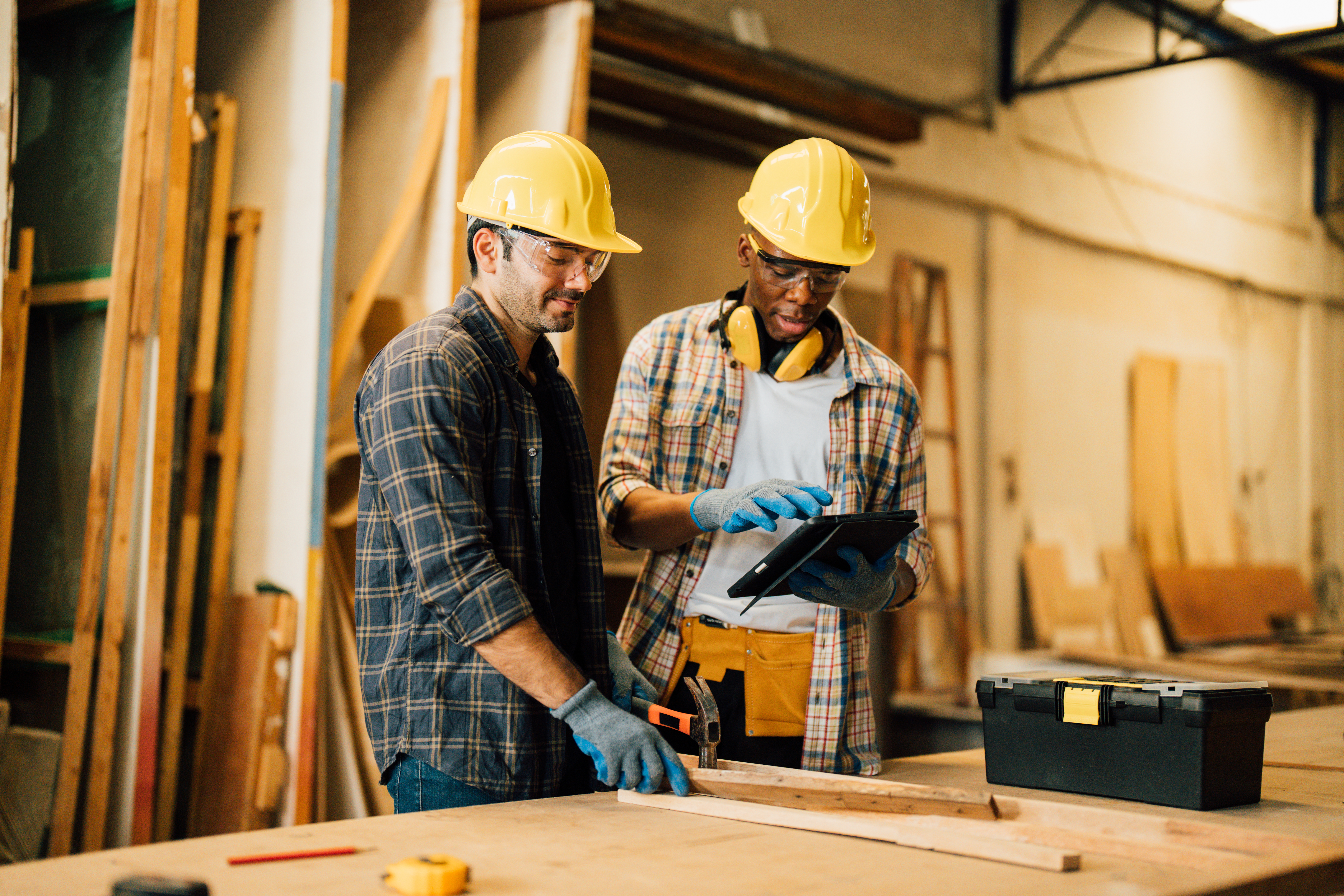Green Storm Solutions: 10 Sustainable Practices for Commercial Property Resilience

As the global community intensifies its focus on sustainability, commercial property owners are seeking innovative ways to help strengthen their buildings against storms while minimizing environmental impact. Not only can this shift toward green storm solutions enhance resiliency, but it also aligns with eco-friendly practices. Here are 10 ways to weather storms while contributing to a greener future.
- Green Roofing. We are not talking about shingle color here—a green roof is covered with vegetation and growing media (soil) that captures rainfall and manages stormwater. Green roofs are increasingly popular in urban areas that lack the area for other green space and where stormwater management needs—and expenses—are high.
- Permeable Pavements. Like green roofs, permeable pavements can capture or help manage rainfall and stormwater. Materials include permeable concrete, asphalt, and interlocking pavers.
- Solar-Optimized Structures. Solar panels can be a worthy investment, but optimizing building design to pursue passive solar gains is increasingly popular. Passive solar design can include the size and type of windows, building location or orientation, and internal features that maximize natural light and solar impact.
- Stormwater Harvesting Systems. These systems reduce stormwater pollution by collecting rainfall for irrigation and other uses and slowing storm runoff. Think beyond rain barrels. Consider commercial-scale cisterns and innovative systems that capture natural water from sources other than rain, such as dew and fog.
- Wind-Resistant Landscaping. In addition to decoration, landscaping can provide wind protection to reduce winter heating costs. Choose wind-resistant plants and trees that thrive in your growing zone.
- Recyclable and Sustainable Building Materials. Recycled building material use in commercial construction is increasing, not just for hidden components like insulation but also in place of traditional wood or plastic components. While wood is a renewable resource, fast-growing bamboo is an increasingly popular, sustainable choice for many interior applications.
- Energy-Efficient Lighting and Windows. Energy efficiency is a core component of modern lighting and window design. Upgrading to efficient lighting and windows can deliver a cost-benefit while reducing the environmental footprint.
- Community Green Spaces. Incorporating green spaces within commercial properties can provide environmental, economic, and workplace benefits. These spaces, which include vertical gardens (living walls), raised garden beds, courtyards, and plazas, can provide opportunities for shade, social interaction, and well-being.
- Erosion Control with Native Plantings. Native plants, particularly grasses and sedges, can help control erosion while preserving biodiversity and ecosystem integrity.
- LEED Certification and Sustainable Certifications. LEED (Leadership in Energy and Environmental Design) is the world's most widely used green building rating system, providing a framework for healthy, highly efficient, and cost-saving green buildings while promoting environmental stewardship. The U.S. Green Building Council provides the top 10 reasons for pursuing LEED certification.
Green solutions for commercial properties represent a paradigm shift toward sustainability, resilience, and environmental responsibility. Commercial property owners can adopt these sustainable practices to fortify their buildings against storms and contribute to a healthier planet. As the world faces the dual challenges of climate change and storm resilience, embracing green infrastructure solutions becomes imperative for shaping a sustainable future.
An insurance company that cares about you and insuring the things you wish to be insured.
Get a Quote> Find an Agent>

